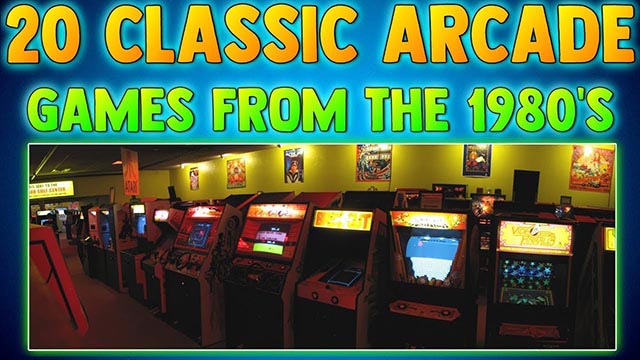
There are few phrases that are guaranteed to annoy someone than “back in the day” or “when I was young” to infer things were better then. They’re a couple of phrases that can be applied to so many things like Star Wars films, tv comedies, Formula 1, console games and with car racing.
Whoa! Wait a second. Do you mean that hi-res graphics, ultra-realistic driving dynamics, and surround sound isn’t as good as what the 1980s brought alive?
Pretty much. Like everything with a tradition, console games had to start somewhere. The 1980s gave us Space Invaders, Missile Command, and some little yellow thing that made rubbery noises...But the ‘80s also gave us the beginning, the seeds, of what are now those superbly rendered games found on your X-Box or PS console.
At the heart of these were big ticket names. Atari, Namco, and Sega duked it out for the right to have your shiny 20c coin slid into a waiting slot, before the press of a button for a Player One or Two choice, and then the lighting up of a CRT screen with some bright colours and flashing lights.
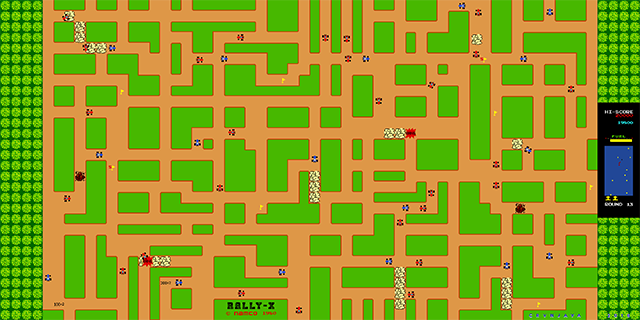
One of the earliest to hit the pinball arcades and change the way we played games about cars was Namco’s “Rally-X”. “Back in the day” it was a tricky, scrolling game, with a left/right, up/down joystick movement. Obstacles such as rock walls and boulders brought a sense of drama and danger.
It was 1982, the same year that Return of the Jedi, E.T., The Wrath of Khan, and many others hit the big screen, that “Pole Position” hit the small screen and set the standards for racing games to follow. In glorious 8-bit graphics, the driver piloted a Formula 1 car for a qualifying lap on a proper race course layout.
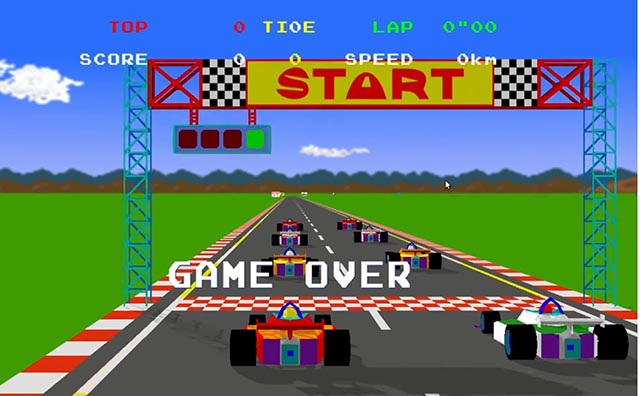
Should a time not be suitable, the car was destined to stay on the course for a limited time and not proceed. The game was notable for that qualifying session, but also for the items ahead gaining size as the car approached and shrinking in the rear vision mirror. The track itself also had a 3D perspective, leading Atari, the game’s publisher, to say it had: "unbelievable driving realism".
1983 had “Pole Position 2” with extra tracks, different colour schemes, and changes to the look of the background scenes. The next year brought along a game that had a player looking at not one, not two, but three screens, making “TX-1” a unique and challenging proposition. Released by Namco and Atari and again based on a F1 style theme, this one really went next level, with details such as forcing players to brake or downshift the gear during corners to avoid the risk of losing control. In a skid they had to let go of the accelerator and steer into the skid, just like a real world situation.
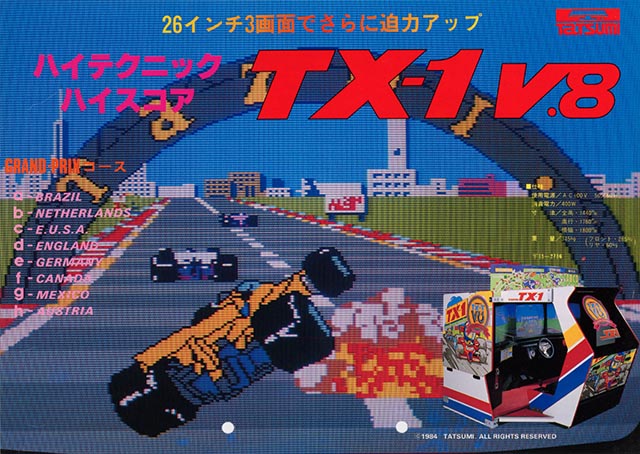
It was also the first car driving game to use force feedback, something now commonly found in home gaming systems. Non-linear gameplay, a method of effectively allowing the game and driver to choose the path to be followed, would bring a finishing line in eight possible locations.<
Technology brought extra realism in the form of the precursor to DVD. Laser Discs, the size of a LP record, had extra video quality and a laser access system provided more scope for scenery, plus a higher range of track options. One game, the little known combat racer called “The Battle Road” had up to 32 different routes and paths that would branch off for variety.
Sega’s game division wasn’t left behind, with “Hang On” a two wheeled game that took the next step. Force feedback, a vibrating handlebar that gave the impression of riding on a real road, and better quality 16-bit graphics, made a real impression.
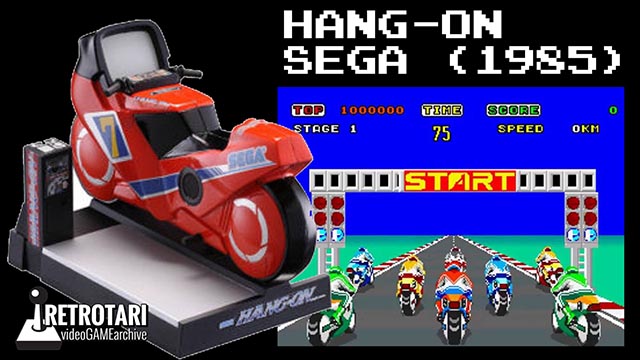
The game that many have voted to be the best of the 1980s in the car racing genre was “Hard Drivin’”. Released in early 1989, this also had a force feedback steering wheel, but also brought in the option of automatic or manual gear changing, complete with clutch pedal that, if not used properly, would stall the car or crunch the gears. Graphics were of the highest quality available at the time, thanks to 3D rendering, plus the game allowed for an instant replay function, for a driver to see just how badly they had crashed their “expensive sports car”. The dashboard display used in the game was said to belong to a Ferrari Testarossa.
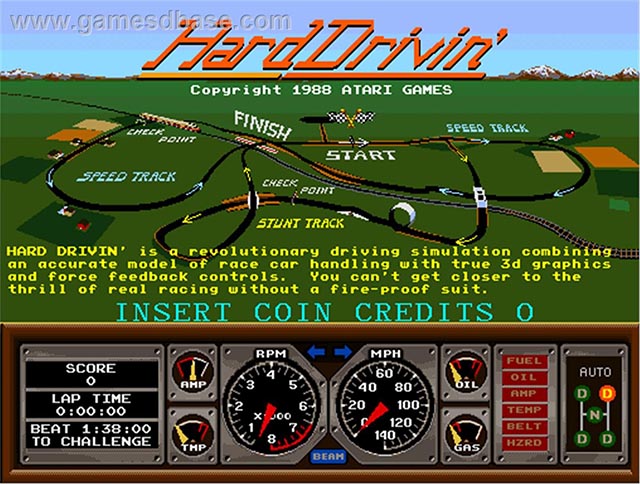
So, back in the day, “when I was young,” there were racing and car driving games that, at the time were the best that could be found. The arcades themselves now barely exist thanks to the rise of home based gaming platforms, but there are places where the lure of a racing game can still be found.
We’d love to know which racing game or games you really got into playing, and why. Let us know via our blog feedback section.